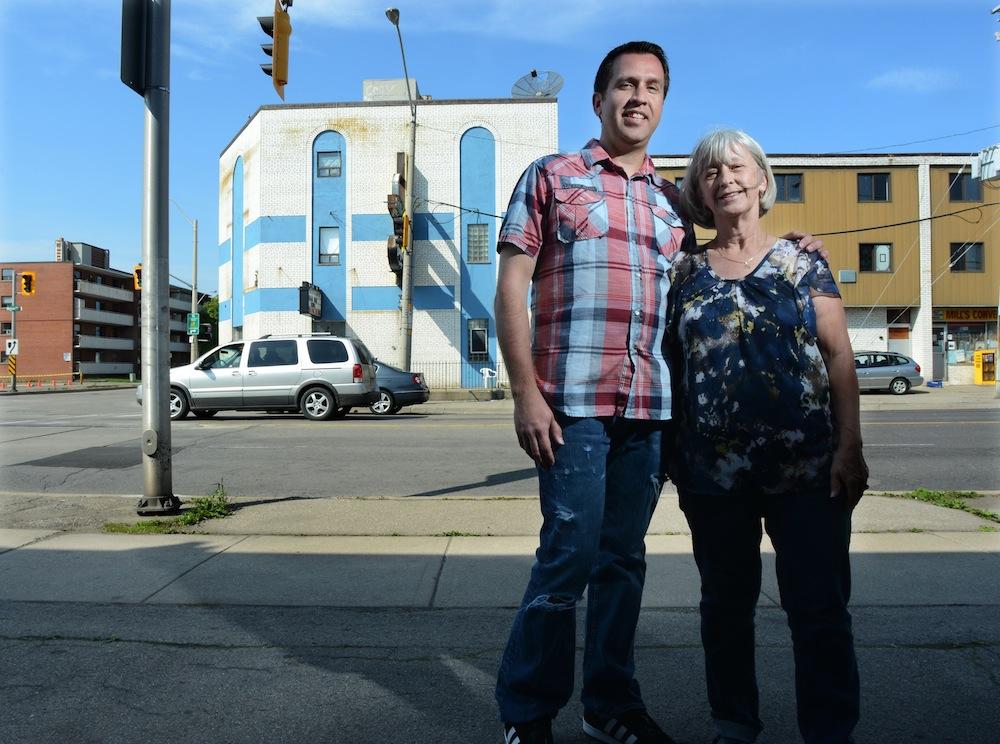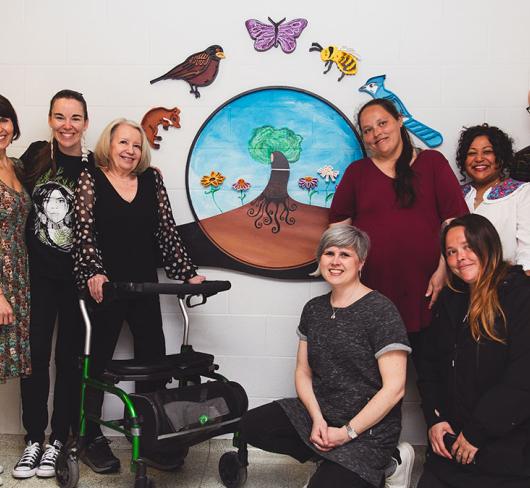
Rebuilding Through Education: A Conversation With First Nations Educator Troy Hill
You gave a presentation at the ETFO Solidarity Study Group last year. What was your presentation about?
During the presentation, I talked about sharing knowledge about First Contact between European and First Nations people from an Indigenous perspective with students. My intention was to encourage teachers to engage with knowledge from our people instead of just about them. Since these perspectives are often left out of the history that we teach our students. I talked about how we develop critical thinking about First Contact with the classroom and share Indigenous perspectives. My goal was for teachers to take away hands-on lessons they could easily incorporate into their lessons regarding native people.
I know that you came to teaching later in your career. How did you decide that teaching was what you wanted to do?
What inspired my journey towards a career change was meeting my father and knowing that for 30 years I had misplaced blame for my experiences. This meeting also inspired me to pursue my education. Through the Indigenous Studies Program at McMaster University, I learned more about the history of colonization of Native people and the impacts of residential schools over the generations, and this helped me explain and contextualize my own story. Armed with this knowledge, I wanted to both heal myself and share what I had learned from our old people and fluent Mohawk speakers with students in the education system. The education system benefits so much from obtaining the perspective of Native people.
How can teachers incorporate Aboriginal traditions/teachings into their classrooms?
Teachers can continue bringing First Nations knowledge into their classrooms by thinking critically about topics like First Contact, acknowledging who has written many of the history books, and embracing Indigenous scholars, Contemporary North American thinkers and what I call Turtle Island pedagogy. There are many resources from native people and picking up a book, an article, a simple local Indigenous news-feed on the Internet, could integrate critical thinking into a classroom. Going further than teachings, I think it’s important that we see more Native teachers at the head of classrooms. And of course, keep developing your Indigenous portfolios by signing up for teachings through ETFO or Indigenous educational conferences.
Do Aboriginal students have different needs than non-Aboriginal students? If so, how can teachers take these into account in a classroom?
Yes, they do have different needs. Fortunately, we are arriving at a place where this question is being asked. We are every statistic calculated for limited success in education, i.e., health, socioeconomics, structural organization, lack of resources, I could go on and on. Basically Native students are the most likely to be pushed out of the education system, and where I have seen true success is where there is true representation of our people as teachers. Students need to touch, feel, see success; they need to see someone like them, coming from the same place as them, to be successful. Asking the question “Do Aboriginal students have different needs?” is a perfect place of recognition and a good starting point. It is important that teachers promote a safe environment for self-identification of our Native youth, making space for the First Nations students in your classroom to take pride in who they are, and researching together to educate one another on the specifics of a child’s nation.
What are your challenges as a Native teacher?
Native people are arguably 3 to 5 percent of the population of Canada, and just as there could only be one or two Native students in the classroom, there are even fewer Native people in the staff room. Because we are such a small percentage of the overall population, and due to the underlying educational attainment factors, our people and our pedagogy are even more scarcely represented in the staff room. More Native teachers in the classroom would lead to greater sharing of differentiated knowledge. We are neighbours living side by side going down the same river as demonstrated in our Two Row Wampum.
We are at a beginning point in our relationship. We must remember that it was education that was the separation point, colonization and residential schools. Now we are both healing, beginning to listen to one another’s stories, our histories, and our relationship. As tough as it is for a Native student, it is the same struggle along this journey for our Native teachers.
I love what I do and feel fortunate for the opportunities that have been given to me. My hope is that we continue on this path of healing and listening and learning. I am grateful for this opportunity to speak from the perspective of a Mohawk man, a perspective that has been silenced for 30 years. So although my challenge as a teacher may be the same as our students’, my hope is that our students continue to get their voice back. I am seeing it happen each day.
Are there resources that you would recommend to teachers?
Having native people teaching in the class- rooms and at every PD day is essential – people are the best resources. Check out Good-Minds.com, a Native-owned and operated business that features educational resources for schools, libraries, and the general public, for kindergarten to post-secondary. They are located in Six Nations of the Grand, Ontario. As for book recommendations, have a look at Giving Thanks: A Native American Good Morning Message by Jake Swamp, illustrated by Erwin Printup. This read-aloud book is based on the Thanksgiving Address of the Iroquois people and reflects the Native American tradition of greeting the world each morning by giving thanks to all living things. I would also recommend And Grandma Said: Iroquois Teachings as Passed Down Through the Oral Tradition by Tom Porter, as a PD resource that talks about the major events embedded in Iroquois oral history and ceremony, from the story of creation, to the beginnings of the clan system, to the four most sacred rituals, and the beginnings of democracy.

